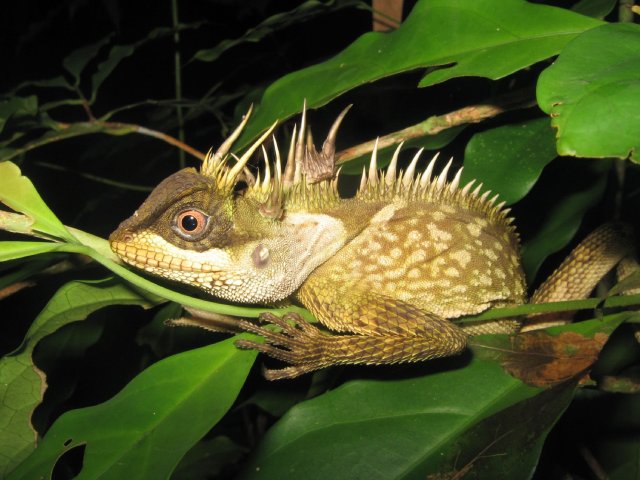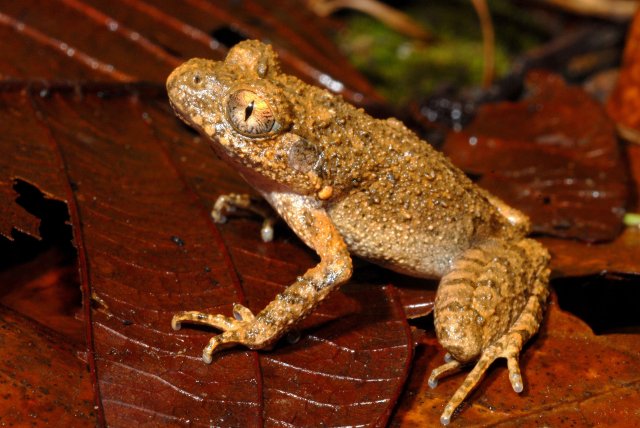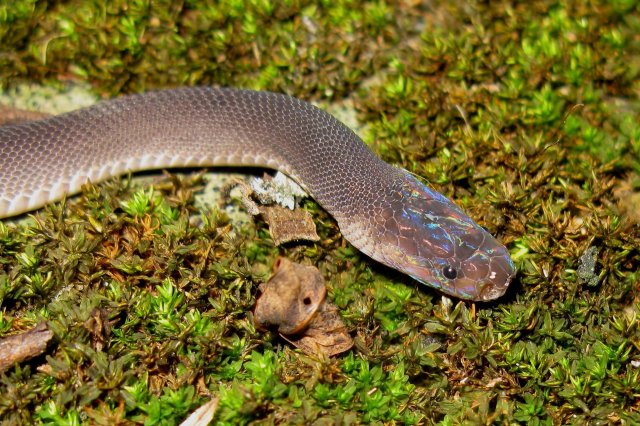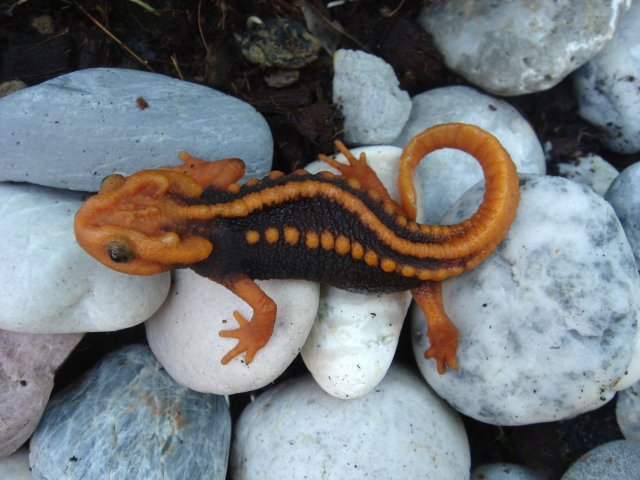Researchers discovered 163 new species
Researchers confirmed the discovery of 163 new species in the Greater Mekong region, according to a report from the World Wildlife Fund.
Among the new species were a rainbow-headed snake, a three-centimeter long frog and a newt covered in red and black markings, evoking Star Trek‘s Klingons, the report said. Scientists also discovered a rare banana species from Thailand.
The Greater Mekong, which spans Southeast Asia, is under intense pressure as developments of mines, roads and dams threaten the environment. Poaching of bush meat and the illegal wildlife trade also threaten the species—often before they are even discovered.
“The Greater Mekong region is a magnet for the world’s conservation scientists because of the incredible diversity of species that continue to be discovered here,” Jimmy Borah, wildlife program manager for WWF-Greater Mekong, said. “These scientists, the unsung heroes of conservation, know they are racing against time to ensure that these newly discovered species are protected.”
Check out some of the discoveries below.
Phuket Horned Tree Agamid

The Phuket Horned Tree Agamid, lined with an intimidating set of horns, was discovered among one of the last remaining forest patches in Phuket, Thailand. Scientists say it faces threats of rapid habitat loss and collection for pet trade.
Leptolalax isos

This frog is just three centimeters long and lives in Cambodia and Vietnam. The tiny amphibian species faces threats from developmental forces, like logging and agricultural expansion.
Rainbow-headed Snake

The rainbow-headed snake, Parafimbrios lao, was found in Laos. Researchers compared it to David Bowie’s Ziggy Stardust.
Klingon Newt

The newt species Tylototriton anguliceps comes with remarkable red and black markings making it look like a Klingon from Star Trek.
-
Phuket Horned Tree Agamid

Montri Sumontha—AFP/Getty Images A new species of lizard called acanthosaura phuketensis in Phuket. The Phuket Horned Tree Agamid, lined with an intimidating set of horns, was discovered among one of the last remaining forest patches in Phuket, Thailand. Scientists say it faces threats of rapid habitat loss and collection for pet trade.
-
Leptolalax isos

Jodi Rowley—AFP/Getty Images A new species of frog called the leptolalax isos in Virachey National Park, Cambodia, on Oct. 3, 2013. This frog is just three centimeters long and lives in Cambodia and Vietnam. The tiny amphibian species faces threats from developmental forces, like logging and agricultural expansion.
-
Rainbow-headed Snake

Alexandre Teynie—AFP/Getty Images A new species of snake called parafimbrios lao in Laos on May 11, 2013. The rainbow-headed snake, Parafimbrios lao, was found in Laos. Researchers compared it to David Bowie’s Ziggy Stardust.
-
Klingon Newt

Porrawee Pomchote—AFP/Getty Images A new species of newt called the tylototriton anguliceps in Chiang Rai on Sept. 15, 2014. PORRAWEE POMCHOTE/AFP/Getty Images The newt species Tylototriton anguliceps comes with remarkable red and black markings making it look like a Klingon from Star Trek.